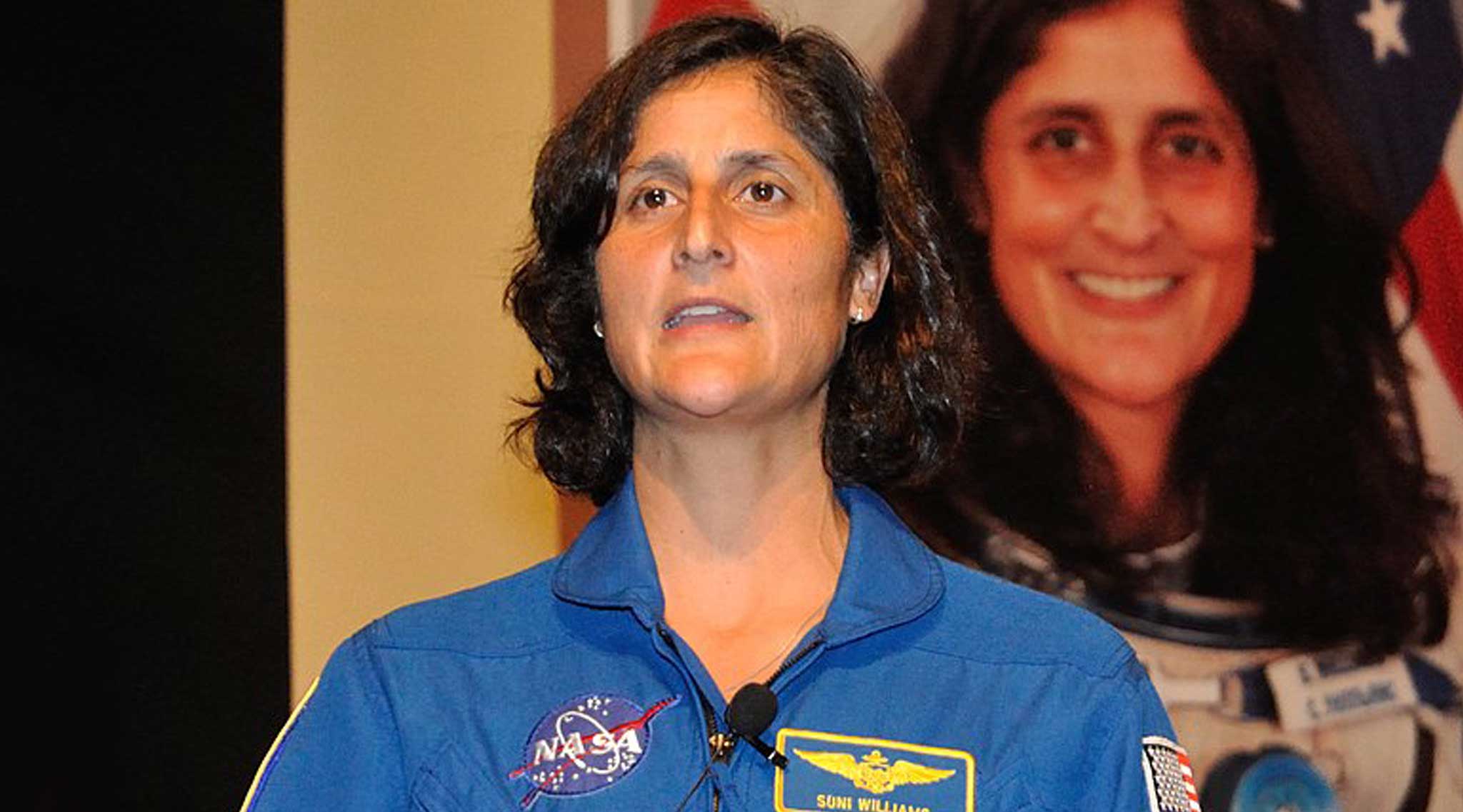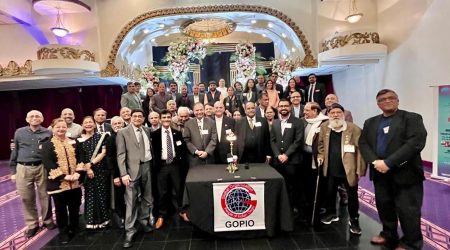New York: NASA astronauts Butch Wilmore and Sunita Williams will lift off aboard Boeing’s Starliner spacecraft on a United Launch Alliance Atlas V rocket and dock at the orbiting laboratory.
Sunita L. Williams, a distinguished NASA astronaut, is currently training to be the pilot of the Crew Flight Test mission aboard Boeing’s Starliner spacecraft. This is the first crewed flight for that vehicle and her third mission aboard the International Space Station (ISS).
In a statement, the American space agency said, “The mission is targeting launch at 10:34 p.m. EDT on Monday, May 6, from Space Launch Complex-41 at Cape Canaveral Space Force Station in Florida.”
NASA astronauts Butch Wilmore and Sunita Williams will lift off aboard Boeing’s Starliner spacecraft on a United Launch Alliance Atlas V rocket and dock at the orbiting laboratory, where they will stay for about a week, the statement read. The mission is the first crewed flight for the Starliner spacecraft as a part of the space agency’s Commercial Crew Program and will test the end-to-end capabilities of the Starliner system, including launch, docking, and return to Earth.
Sunita Williams’s spaceflight experience began with Expedition 14/15 from December 9, 2006, to June 22, 2007. She launched with the crew of STS-116 and served as Flight Engineer. She established a record for females with four spacewalks totaling 29 hours and 17 minutes. She concluded her tour and returned to Earth with the STS-117 crew in June 2007.
Her second spaceflight, Expedition 32/33 from July 14 to November 18, 2012. She launched from the Baikonur Cosmodrome in Kazakhstan, along with Russian Soyuz commander Yuri Malenchenko and Flight Engineer Akihiko Hoshide of the Japan Aerospace Exploration Agency, on July 14, 2012. She spent four months conducting research and exploration aboard the orbiting laboratory. Williams once again held the record for total cumulative spacewalk time with a time of 50 hours and 40 minutes.











